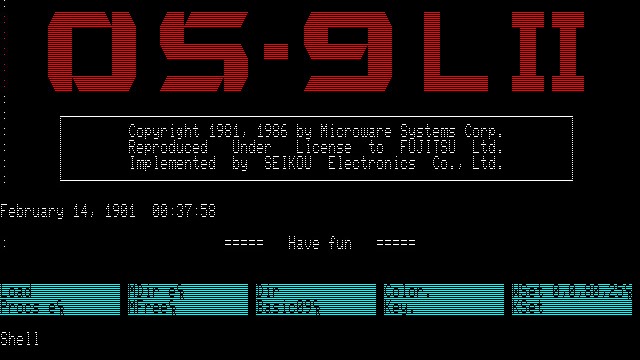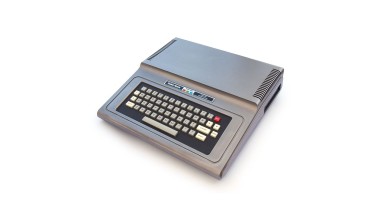
OS-9
 Developed by: Microware Systems
Developed by: Microware SystemsLaunched: 1979
A Unix-based multitasking, multi-user operating system developed by Microware Systems Corporation in the 1980s for the Motorola 6809 microprocessor, one of the most advanced 8-bit CPUs ever created.
It was originally a joint effort between Microware and Motorola.
Microware was later acquired by Radisys Corp in 2001, and was bought back in 2013 by its current owner, Microware LP.
The initial versions were written in assembler and introduced by users on the TRS-80 Color Computer (CoCo) and Dragon computers, both of which had the Motorola 6809 CPU.
The first version ("OS-9 Level One"), from 1979 to 1980, was written in assembler language for the Motorola 6809 CPU and provided a single 64 kB address space in which all processes ran. It had been developed as a support operating system for the BASIC09 project, through a contract with Motorola that saw it as part of 6809 development.
A later version for the 6809 ("Level Two") took advantage of hardware memory mapping, supporting up to 2 MB of memory in most implementations (in 1980) and also including a GUI (graphical user interface) on some platforms.
In 1983, OS-9/6809 was ported to the Motorola 68000 assembly language and extended (it was called OS-9/68K).
An even later version (1989) was rewritten in C for greater portability. This version was initially called OS-9000 and was released for 80386 PC systems around 1989, and then ported to PowerPC around 1995.
The system was installed in embedded systems with the Motorola 680x0 family of microprocessors.
